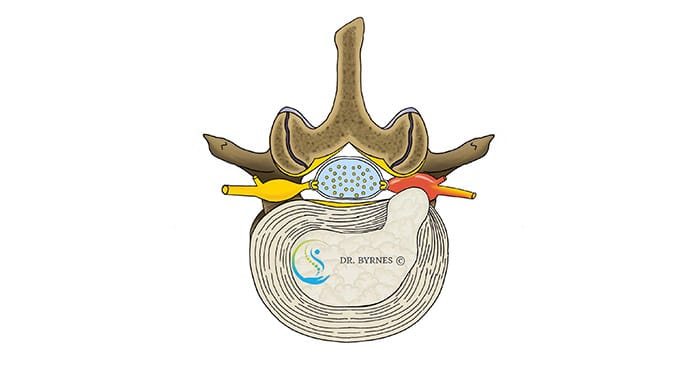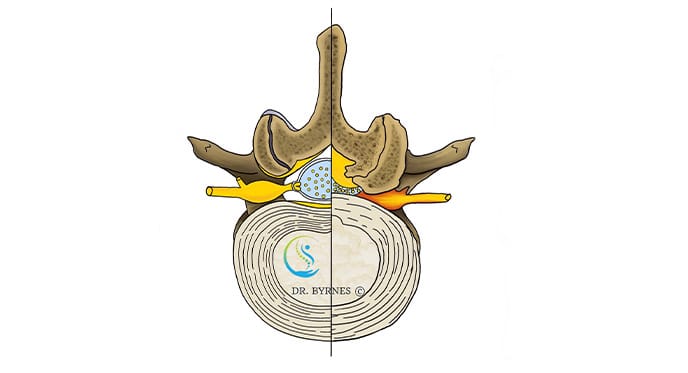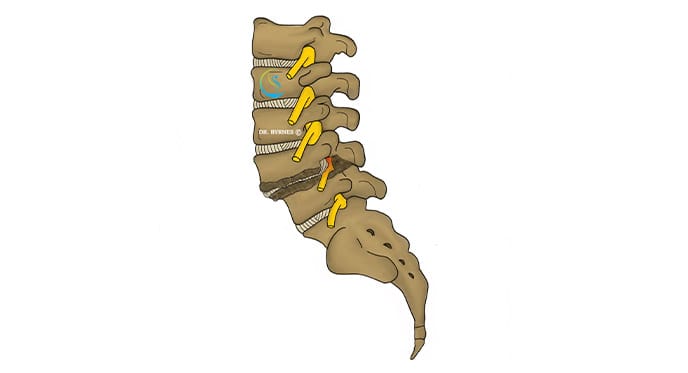
More than 80 percent of people have at least one episode of low back pain during their lifetime.
Low back pain is described as "acute" (lasting four weeks or less), "subacute" (lasting 4 to 12 weeks), or "chronic" (lasting more than 12 weeks).
If your episode of back pain resolves, you do not need to consult unless you have specific questions or concerns. If you do, we will be happy to advise you.
Low back pain can be caused by problems with the muscles, ligaments, discs, bones (vertebrae), or nerves. It is often caused by strains or sprains involving the muscles or ligaments. These problems cannot always be seen on imaging tests such as MRI or CT scans.
Most of the time, an episode of back pain will improve on its own and does not require investigation or treatment.
Many people with low back pain can be adequatelybe evaluated and managed by a primary care provider or physiotherapist.
If low back pain is caused by a serious condition, assessment by a spinal surgeonis usually recommended.
Most have "nonspecific" low back pain, which means that the pain is not clearly caused by a specific or identifiable abnormality.
This often represents a strain of the muscles in the lower back, which can be severe.

Sciatica is the symptom of shooting or radiating nerve pain that generally begins in the lower back or buttock(s) and spreads down the leg(s).

Your spine is made of 24 moveable bones called vertebrae. The lumbar (lower back) section of the spine bears most of the weight of the body.

Spinal stenosis is a condition in which the central vertebral canal, through which the lumbar nerve and Cauda Equina pass, is narrowed.

Spondylolisthesis is a condition in which one vertebrae of the spine "slips" forward in relation to another. It is usually degenerative and develops in part due to facet joint arthropathy.






Many people do not require tests at the time of initial assessment for Low Back Pain. Your symptoms will be discussed, and the back and leg nerves will be examined.
But some people will require tests including: